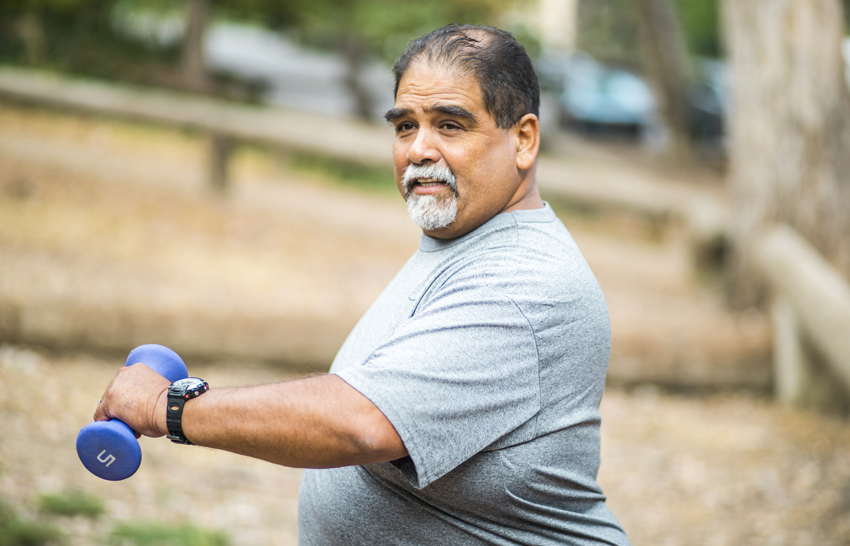

Navigating our healthcare delivery system is no easy feat, especially for individuals facing multiple chronic or complex health issues. Consider a common scenario: a middle-aged man with uncontrolled hypertension, numbness in his foot, chronic back pain that has led to dependency on pain medications, and obesity. Due to his medical ailments, he is unable to retain a job and is often taking odd jobs to make ends meet, putting him at an increased risk of being unhoused. In an ideal world, his journey would begin and remain at a trusted medical home where there is a primary care team that coordinates his care across the different clinical settings and providers based on his healthcare issues.
Instead, the reality is often far more fragmented. This patient may start with his primary care physician, but due to demanding work and family responsibilities, he misses follow-up appointments. He may not understand or be able to carry out an aftercare plan without support. His symptoms escalate, his chronic conditions remain unmanaged, and over the past year, he finds himself visiting the emergency room three times. Each ER visit could have been prevented if he had been engaged through proactive, whole-person care coordination.
This is where Enhanced Care Management (ECM), a component of California’s Medi-Cal transformation under the Section 1115 waiver known as CalAIM is designed to address.1 ECM offers a person-centered approach to care coordination for those with the most complex needs. Through ECM, Medi-Cal members are assigned a lead care manager who serves as a point of contact, coordinating care across providers and social support services to make sure no one falls through the cracks.
In the example above, ECM services could have provided this patient with a care manager who not only ensured appointments were scheduled and followed up but also addressed barriers such as transportation access to medications and housing or food insecurity. ECM is not about doing more of the same; it is about doing it differently, using high touch engagement that has an integrated focus. This model prioritizes trust continuity of care, and cultural responsiveness, meeting the person where they are. By providing the right care at the right time, the person will not need to seek care at an emergency department which is often costly and overcrowded and where staff are already stretched thin managing acute cases.
From a policy standpoint, sustaining ECM makes sense and is strategic. As we assess the outcomes of early CalAIM implementation, emerging data and community-level feedback are showing signs that ECM could potentially reduce avoidable ER visits and connect individuals to medical and social services that can help them recover and stay healthy.
At a time when healthcare dollars must stretch further and do more, ECM is a bridge between clinical care and community well-being. We must continue to invest in it, refine it, and ensure that it is built to last so that it can be a permanent foundation in our healthcare delivery to help those who are the most vulnerable and need it the most.
Author Bio:

Hannah Shah, DRPH, MPH, FACHE
Dr. Shah is an Associate Professor/Program Director of the Master's in Healthcare Administration Program at the School of Public Health and is the facilitator of the Inland CalAIM Collaborative and Implementation Group through her work with HC2Strategies. Her research interests include organizational strategy/culture, health policy, leadership, clinical outcomes, and spirituality in the workplace.
Reference:
- California Department of Health Care Services. (2024, December 20). Enhanced Care Management and Community Supports. https://www.dhcs.ca.gov/CalAIM/ECM/Pages/Home.aspx
